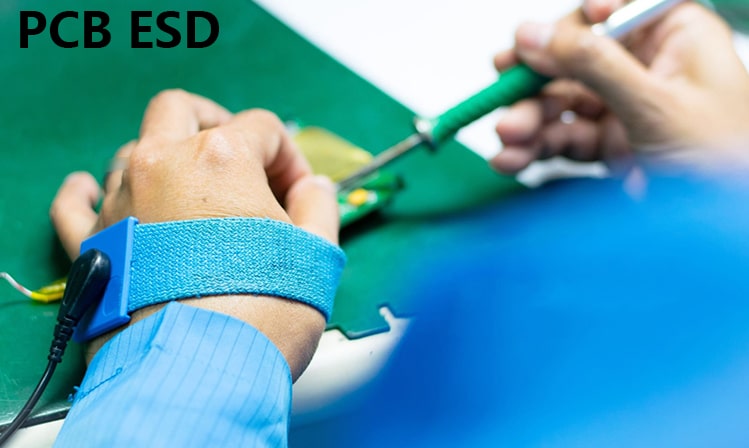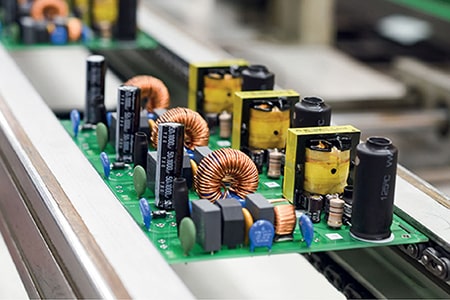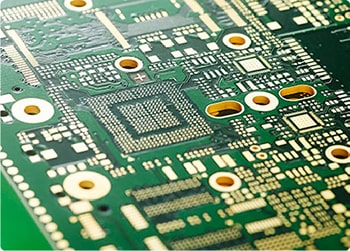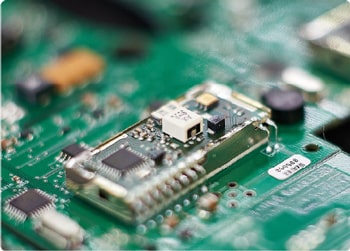The Hazards of Static Electricity in SMT Manufacturing
Static electricity poses significant risks in the Surface Mount Technology (SMT) manufacturing process, particularly affecting electronic components and circuit boards. Below is an overview of these hazards and the measures to mitigate them.
Hazards of Static Electricity in SMT Manufacturing:
Component Damage
Electrostatic discharge (ESD) can cause severe damage to electronic components. Sensitive parts, such as integrated circuits, transistors, and diodes, are particularly vulnerable. ESD may lead to electrical breakdowns, overvoltage issues, and other failures, rendering these components non-functional.

Equipment Malfunction
Static electricity can lead to malfunctions in production equipment. If ESD directly affects sensitive electronic elements within SMT machinery, it could result in equipment failure or downtime, significantly impacting production efficiency.
Production Line Disruptions
ESD-induced damage to electronic components may halt production lines. When components are compromised, production may need to be stopped to replace the affected parts, increasing operational costs and extending delivery timelines.
Electrostatic Adhesion
Static electricity can cause components or devices to cling to one another due to electrostatic adhesion. This can hinder the proper separation and alignment of components, reducing the precision and accuracy of SMT equipment.
Quality Issues
ESD-related damage to components can result in quality defects. Faulty parts may fail after the product has been delivered, reducing the reliability and lifespan of the final product.
Measures to Mitigate Static Electricity in SMT Manufacturing:
To minimize the adverse effects of static electricity on SMT processes, manufacturers employ the following strategies:
Use of Anti-Static Equipment
Anti-static equipment, such as ESD-safe workbenches, clothing, and conductive floor mats, is commonly used on SMT production lines to limit the generation and transfer of static electricity.
Controlled Work Environment
Maintaining appropriate levels of humidity and temperature in the production environment helps reduce the occurrence of static electricity.
Anti-Static Packaging
During storage and transportation, components are protected using anti-static packaging to prevent damage caused by static electricity.
Electrostatic Discharge Testing
Key equipment and components are subjected to ESD testing during the production process to ensure their anti-static performance meets the required standards.
By implementing these preventive measures, manufacturers can effectively mitigate the risks posed by static electricity in SMT production. At PCBAMake, we prioritize comprehensive ESD protection to safeguard the quality and reliability of your products.







